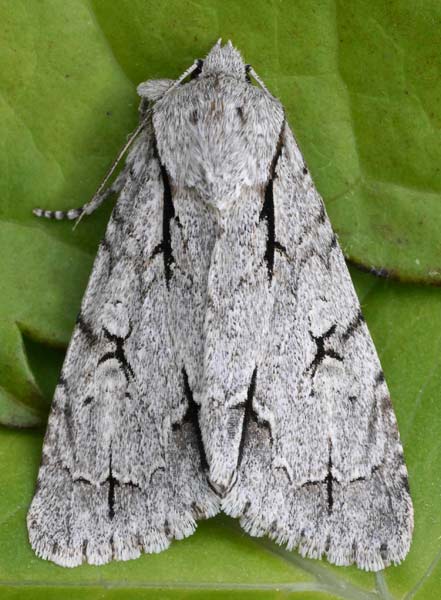Search the site for a moth name or other keyword

To see an image click thumbnail ;
An image can be dragged about by a point just outside
an edge;
To go to another page of larvae click an arrow for ‘Next’ or ‘Previous’
n -

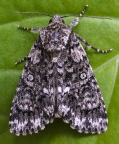
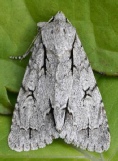
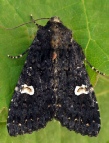

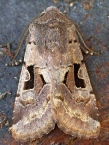


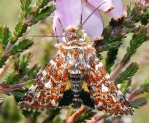



Larvae shown are final instar before pupation unless otherwise stated

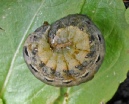








2289 Acronicta rumicis Knot Grass
![]()
![]()
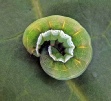




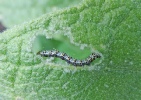
Common
Food : Range of herbaceous and woody plants
Larva seen : April to June
Common
Food : Various Trees -
Larva seen :
July to September
Common
Food : Various Trees -
Larva seen :
July to September
Compare with larva of Dark Dagger.
Common
Food : A range of woody and herbaceous plants
Larva seen : Mainly June to October
Some
variation of pattern colour



2283 Acronicta tridens Dark Dagger
![]()
![]()
Common
Food : Oak trees -
Larva seen : April to June
Varies in colour
-
2247 Griposia aprilina Merveille du Jour
![]()
![]()
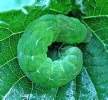



2306 Phlogophora meticulosa Angle Shades
![]()
![]()
Common
Food : A range of herbaceous plants
Overwinters as a larva -
Wide variation of colour -



2284 Acronicta psi Grey Dagger
![]()
![]()
Common
Food : Mainly mulleins but also figworts and buddleias
Larva seen : May to
July
Some forms have more black than others
2221 Cucullia verbasci Mullein
![]()
![]()
Early Instar
2190 Orthosia gothica Hebrew Character
![]()
![]()


Common
Food : Range of herbaceous and woody plants -
Larva seen :
June to September
Varied in colour -
2163 Ceramica pisi Broom Moth
![]()
![]()
Common on Heathland
Food : Heather
Larva seen : April to September
Common
Food : Various herbaceous and woody plants
Larva seen : August to October
2155 Melanchra persicariae Dot Moth
![]()
![]()
2160 Lacanobia oleracea Bright-
![]()
![]()
Common
Food : Wide range of herbaceous and woody plants
( garden pest -
Larva seen : Mainly July to September; Sometimes in Spring
Very varied
in colour


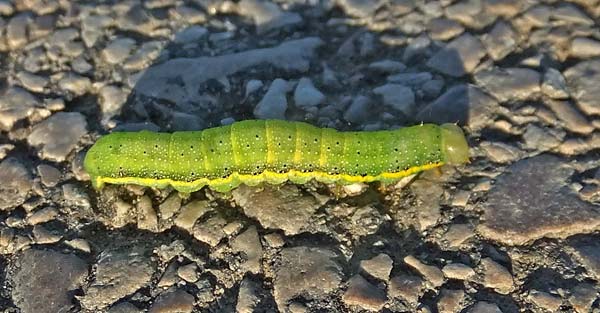
2142 Anarta myrtilli Beautiful Yellow Underwing
![]()
![]()
2134 Xestia xanthographa Square-
2107 Noctua pronuba Large Yellow Underwing
![]()
![]()
Common
Food : Mainly various grasses
Larva seen : September to following April
Background
colour varies but mainly brown
Common
Food : Various herbaceous plants and grasses
Overwinters as a larva -
Background colour varies -
Common
Food : A wide variety of herbaceous plants
Overwinters as a larva -


Larvae3. Noctuid moths
2089 Agrotis exclamationis Heart and Dart
![]()
![]()

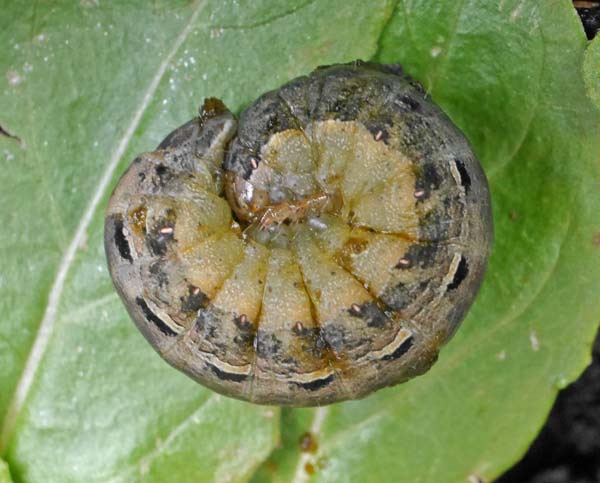
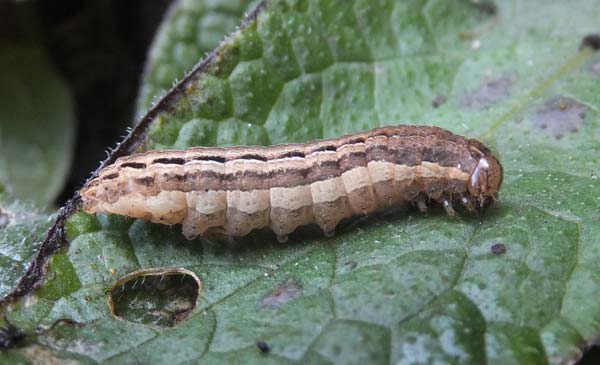
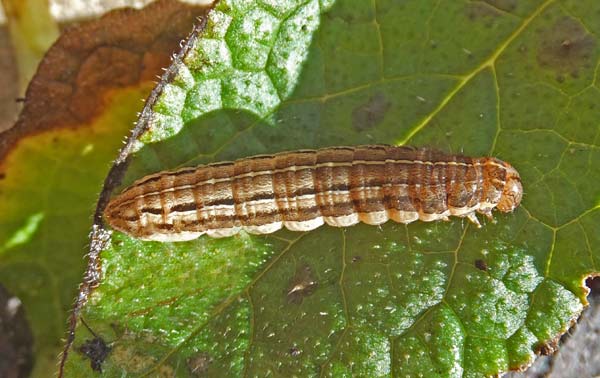
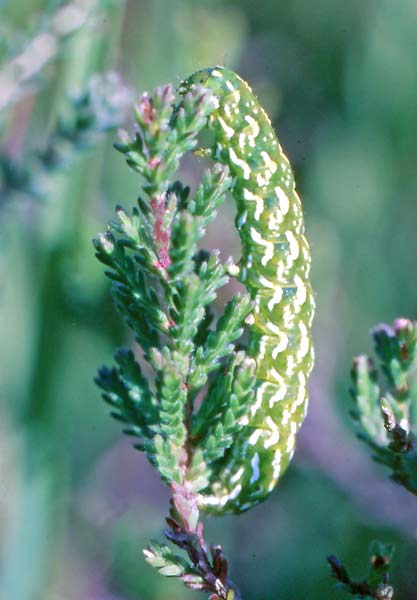
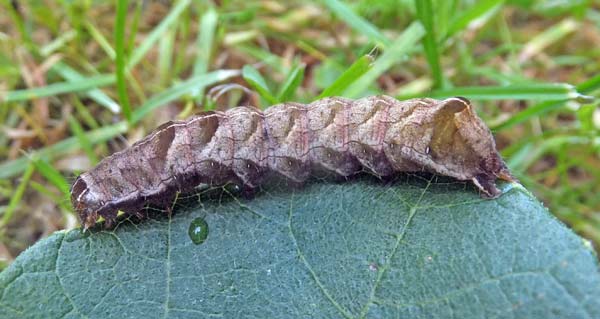

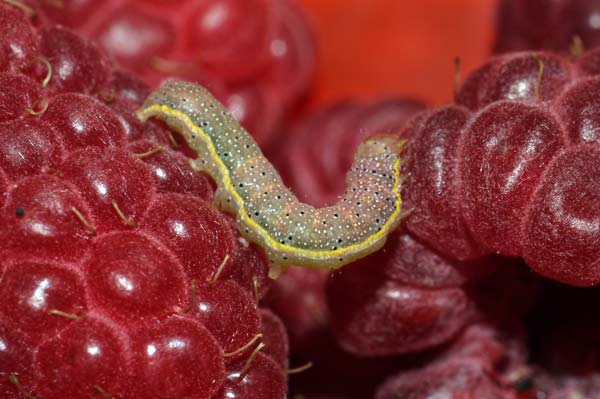




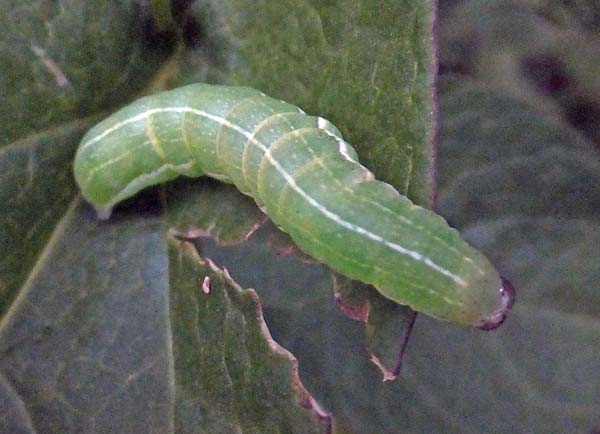
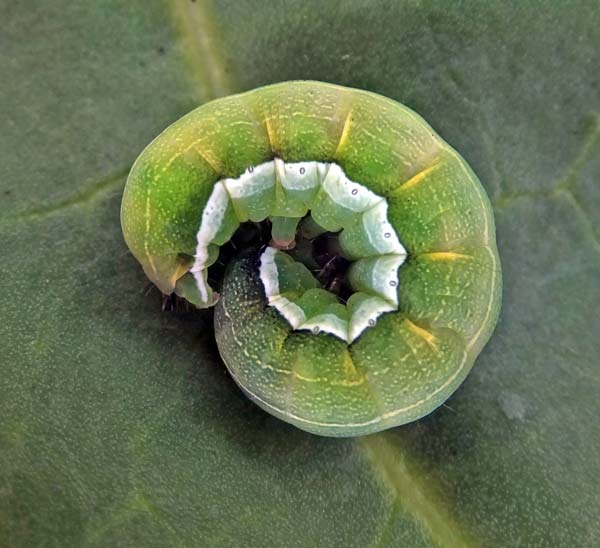

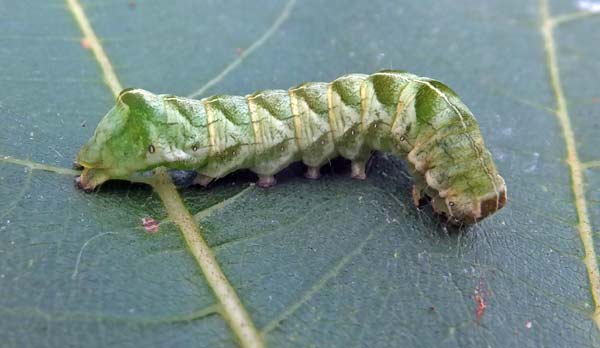
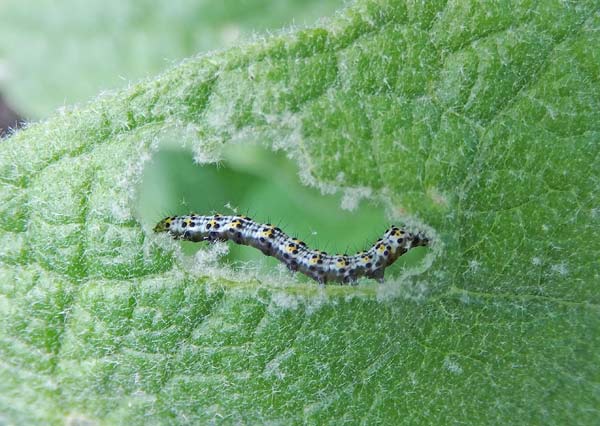
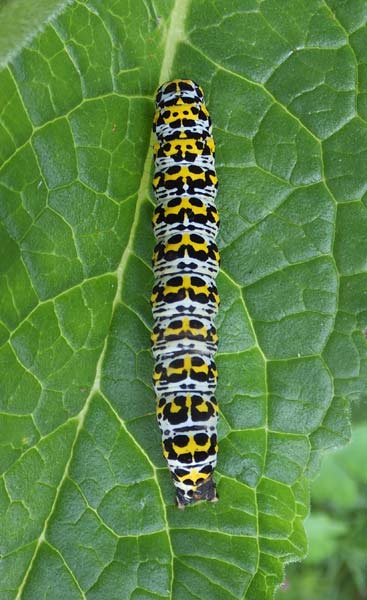
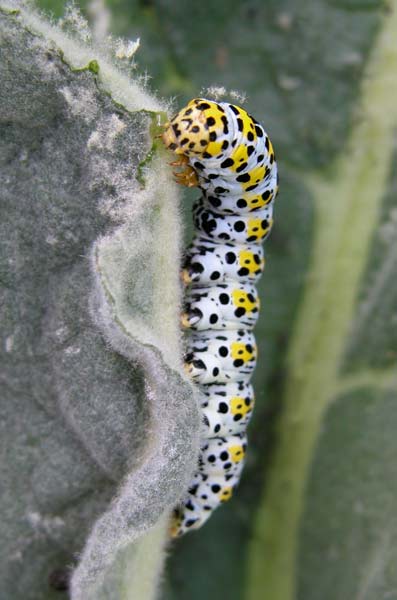
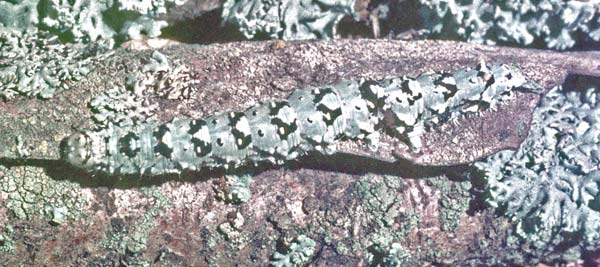
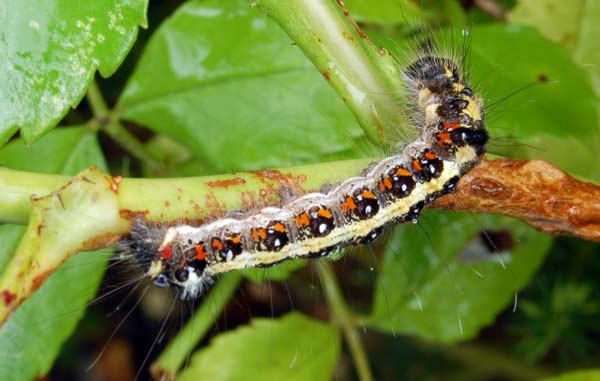
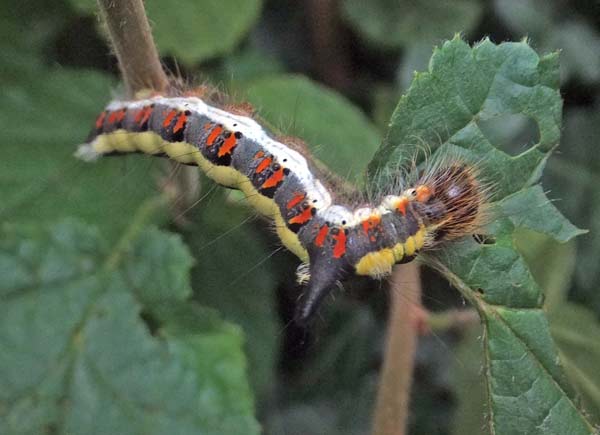



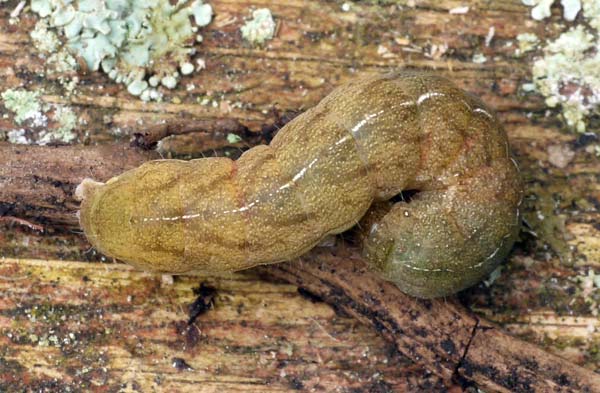
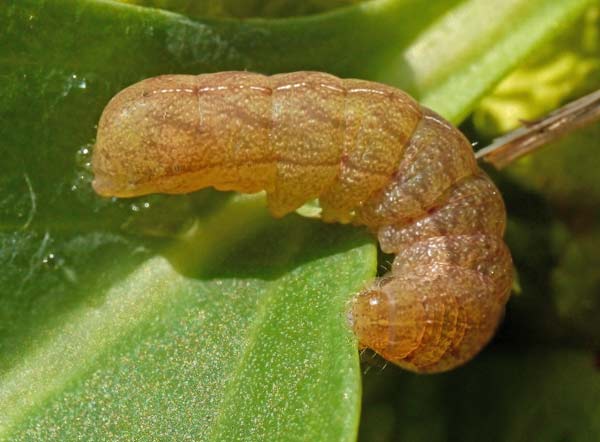

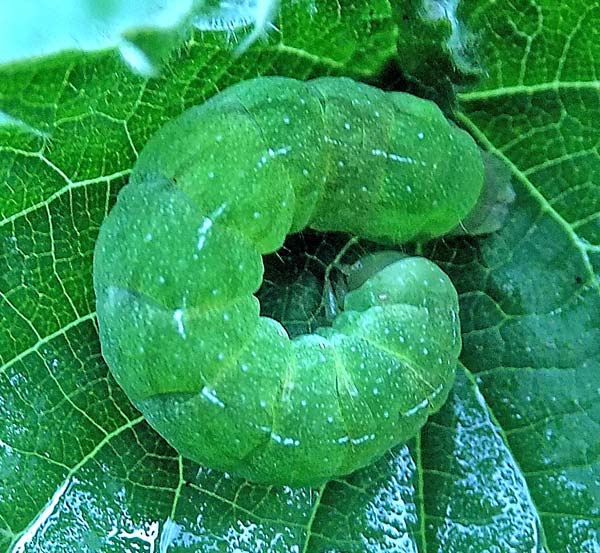

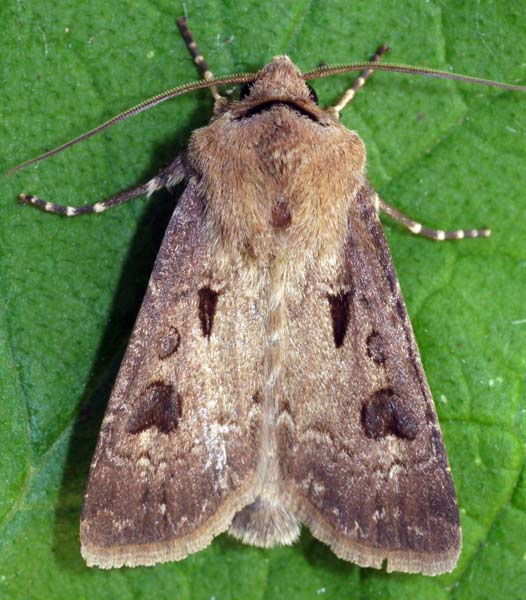
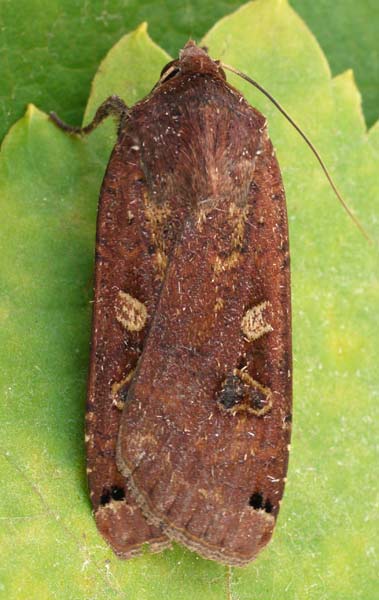
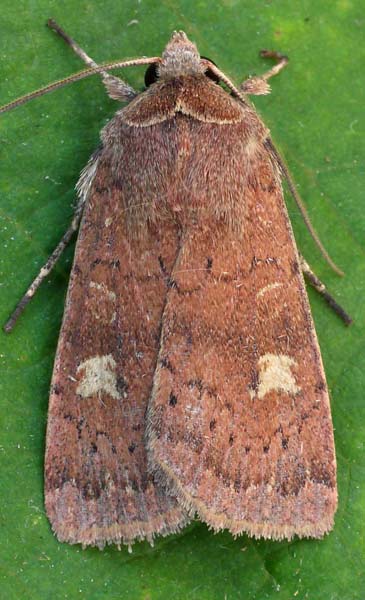
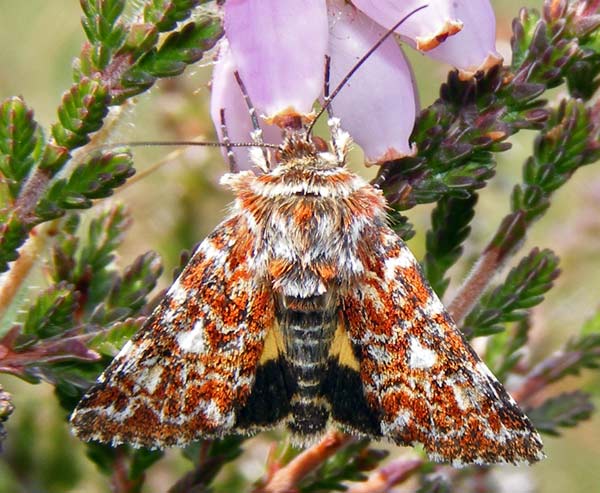


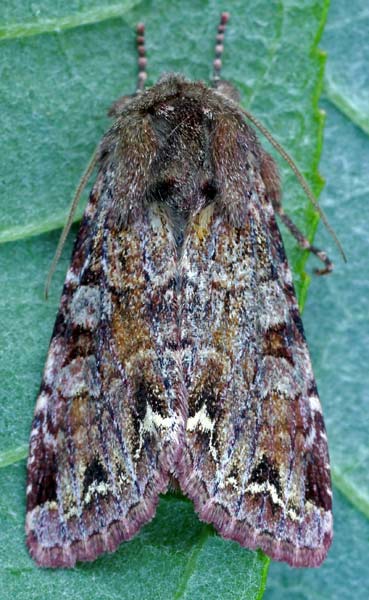
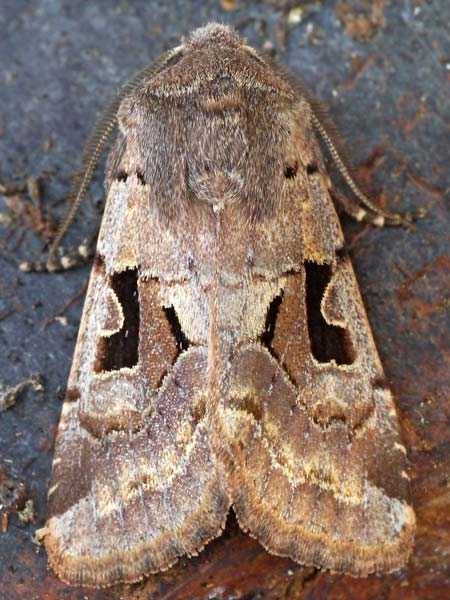
Whereas adults of Dark Dagger and Grey Dagger are indistinguishable from photos, their larvae show distinct differences from each other.
